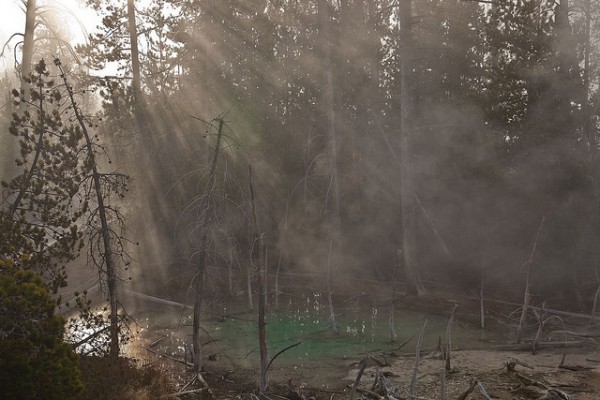
Tramadol 50Mg Buy Uk Sun Rays through Norris © 2010 bo Mackison
Buying Tramadol In Canada We explored Norris Geyser Basin on an early October morning. We arrived before sunrise. The temperatures had dropped to nearly freezing overnight, so we were alone in our explorations. Perhaps everyone else thought warm rooms and hot food were a better choice than dark and spooky geyser basins. Personally, I was quite enthralled with this magical looking land–a setting that one might expect in a few of the scarier fairy tales.
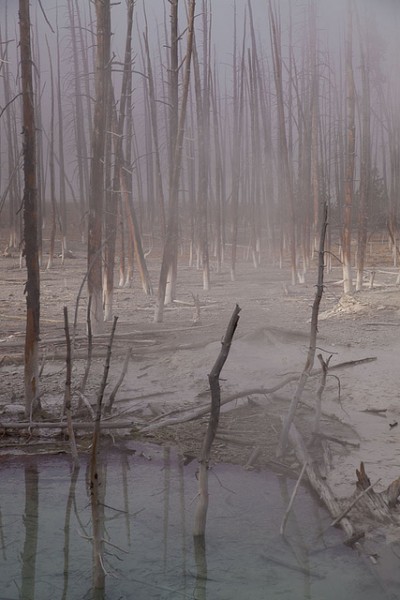
https://oleoalmanzora.com/oleoturismo-en-pulpi/ Mineralized Forest © 2010 Bo Mackison
Standing water from geyser eruptions has turned this Lodgepole Pine forest into a rather ghostly, mineralized forest, especially when seen before dawn. The near freezing temperatures made the steam from the geysers all the more visible. Since there are over 180 thermal features in Norris, this place becomes a steamy place when the temperatures drop. Even daylight doesn’t help much.

- Norris Geyser Basin at Sunrise © 2010 Bo Mackison
http://economiacircularverde.com/que-es-la-economia-circular/ See? Sunrise doesn’t provide much light, but it does add some interesting reflections and light to the many geyser runoffs in the basin.
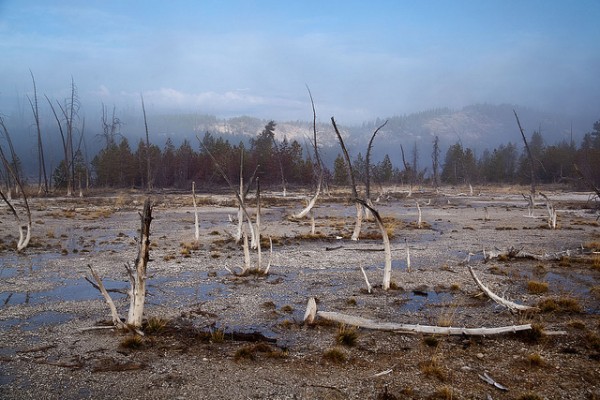
Back Basin © 2010 Bo Mackison
The Back Basin at Norris contains stands of trees that are in varying degrees of decay. It is park policy to leave the trees as they fall, unless they are an obstruction to traffic or a safety hazard. Lodgepole pines have a shallow root system, and so larger trees are easily toppled by strong winds or they absorb the minerals in the geyser runoff.
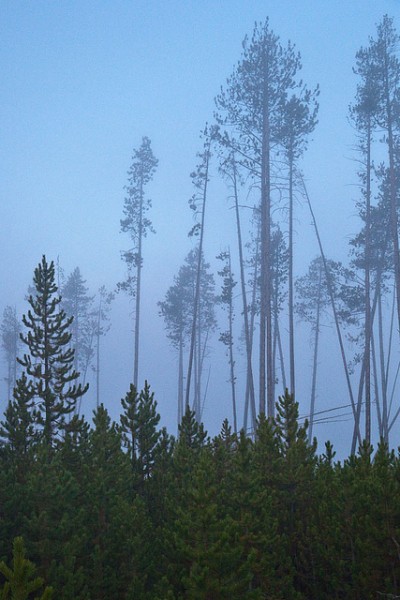
Fogged In Trees © 2010 Bo Mackison
More cold. More steam. More trees standing in cold air, but in steamy fog.
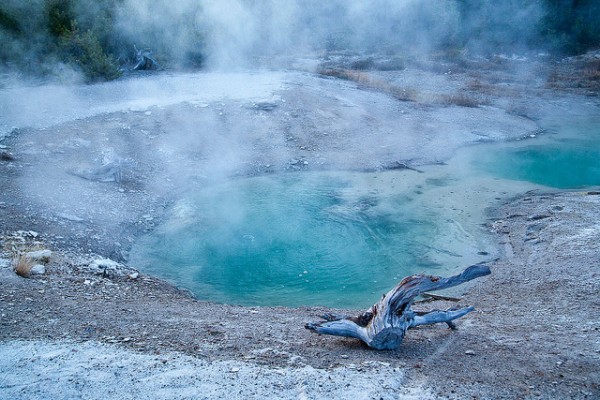
Crater Spring © 2010 Bo Mackison
Crater Spring is one of the few pools on the Back Basin loop. Norris is the most changeable and unpredictable of all of Yellowstone’s geyser basins. It is one of the hottest areas in the Yellowstone region. Geologists doing test drills have found water temperatures over 400˚ F at depths of 200 to 1000 feet. They also estimate that this geothermal area has been continuously active for over 150,000 years.
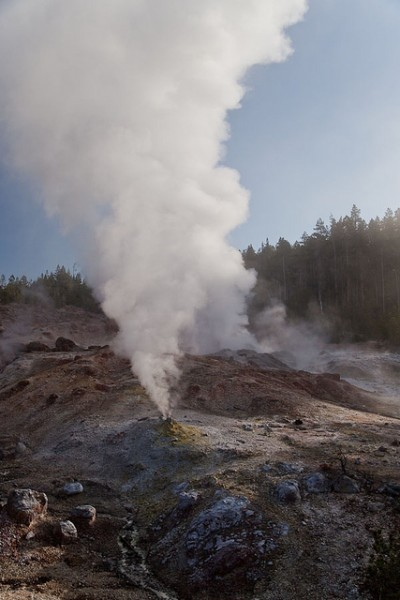
Steamboat Geyser © 2010 Bo Mackison
Back Basin is the location of Steamboat Geyser, Yellowstone National Park’s tallest, though unpredictable, geyser. Steamboat is most always steaming or spouting, but only minor eruptions of 40 to 60 feet have occurred in recent years. When the geyser was having major eruptions, water was forced upwards nearly 400 feet. Steamboat was at its peak performance in the 1960s, erupting more than 100 times in that decade. It has steadily declined since then, and there have only been a few major eruptions since 2000.






